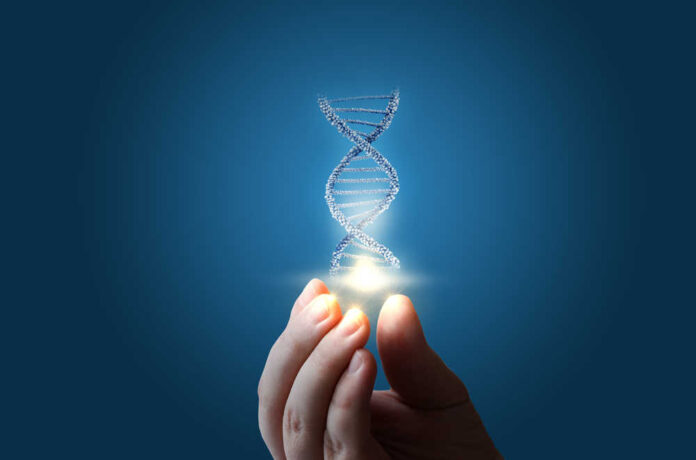
Your DNA is found in every cell in your body. The code determines how your cells function and how your body looks and works.
Recent advances in DNA testing have made it possible to learn more about our DNA and how it impacts our health. DNA tests can now be used to screen for certain genetic diseases, to predict our risk of developing certain diseases, and even to guide our treatment choices if we do develop a disease.
What is DNA?
DNA stands for deoxyribonucleic acid. It is a very long molecule shaped like a twisted ladder—a double helix. DNA is made up of two sides, or strands, each of which is made of smaller molecules called nucleotides.
There are four different types of nucleotides in DNA:
● adenine (A)
● thymine (T)
● cytosine (C)
● guanine (G)
These nucleotides are paired together between the two strands, forming the rungs of DNA’s ladder shape. Adenine always pairs with thymine, and cytosine always pairs with guanine.
An enzyme called helicase “unzips” the bonds between these pairs, separating the two strands. This makes it possible for another enzyme, DNA polymerase, to come in and add new nucleotides to each separated strand—matching a new A to each T, a new T to each A, a new C to each G, and a new G to each C.
In this way, DNA can be replicated over and over again while still retaining its original sequence.
What is a Gene?
A gene is a segment of the DNA sequence that provides the instructions for making a particular protein. Proteins are responsible for the structure and function of all the cells in our bodies.
For example, some proteins help our blood clot when we get a cut, proteins that give our skin its elasticity, and proteins that enable digestion and other vital processes.
There are an estimated 30,000 genes in the human genome—the complete set of genetic instructions for making a human being.
Genetic Disorders
Your DNA determines things like your eye color, hair color, and height. It also plays a role in more complex traits, like your risk of developing certain diseases.
Some diseases are caused by changes, or mutations, in a gene or multiple genes. These mutations may be passed down from generation to generation.
There are more than 6,000 known genetic disorders. In some cases, such as Huntington’s disease, a person will develop the disease if they inherit a mutated gene from either parent.
In other cases, a mutation may only create a predisposition for a disease, meaning that other factors—like lifestyle choices or exposure to specific environmental toxins—are also necessary for the disease to develop.
For example, some cases of breast cancer have been linked to an inherited mutation in the BRCA1 and BRCA2 genes. Women can be tested for these mutations to assess their risk of developing breast cancer and encouraged to get more frequent cancer screenings if they are found to have them.
DNA Damage
Genetic disorders are carried with you throughout your life from the moment you are conceived.
But your DNA can also be damaged in other ways as you age. Your cells are constantly under assault from environmental toxins, like UV radiation from the sun, and the byproducts of normal metabolism.
Most of the time, our cells can repair this damage on their own. But sometimes the damage is too extensive, it will be copied when the DNA is replicated, and it will be passed on to the new cells.
Over time, this accumulated DNA damage can lead to the development of cancer cells which divide uncontrollably and invade other tissues.
It may also contribute to the aging process, as cells cannot divide and perform their functions correctly.
DNA-Based Treatments
Our expanding collective knowledge of genetics is also leading to new and improved treatments for many diseases.
The biggest example of this is called gene therapy, which is a way to treat or stop diseases by directly altering a person’s DNA.
In some cases, this can be done by replacing a mutated gene with a healthy copy. In other cases, it may involve using DNA to turn a gene on or off so that it can no longer cause disease.
Gene therapy is still in its early stages, and it is primarily only available for patients involved in clinical trials at this point. But as our understanding of genetics continues to grow, DNA-based treatments will likely become more common in the future.






















